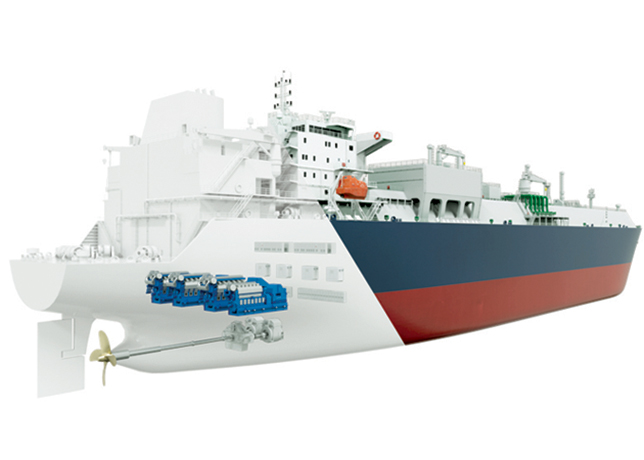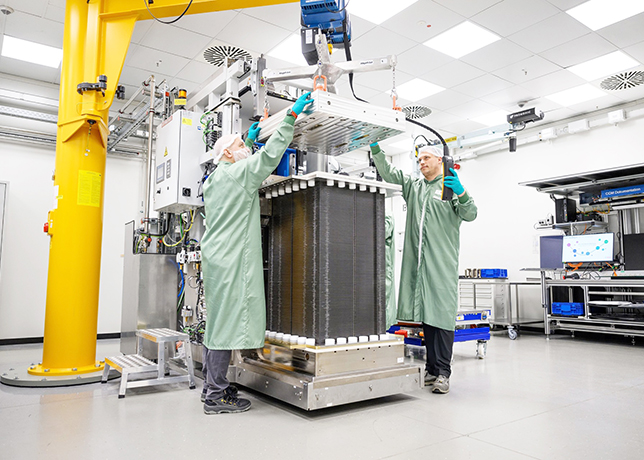
 New generative AI streamlines industrial tasks to meet production goals
New generative AI streamlines industrial tasks to meet production goals
Wartsila has introduced a new methane slip reduction solution for its Wartsila 50DF dual-fuel engine. The technology converts the engines to spark gas operation, enhancing combustion efficiency and reducing methane emissions.
The Spark Gas Conversion for Wärtsilä 50DF reduces methane emissions by up to 75 per cent more than the standard engine.
The solution uses an electrically controlled pre-combustion chamber valve, reducing methane emissions to 1.1 per cent of fuel use on an IMO weighted (E2-cycle) average.
The development was made possible through collaboration between Wärtsilä and Chevron Shipping Company.
The solution is now available to all vessels with existing Wartsila 50DF engines diesel-electric propulsion, most of which are LNG carriers.
The new solution is optimised for LNG as fuel, resulting in fuel gas savings of up to 4.6 per cent and lower methane emissions.
'The use of LNG and cutting methane emissions is one of the most effective ways to decrease overall greenhouse gas (GHG) emissions from marine engines over the next decade, complementing other efforts to reduce CO2 emissions,' comments Roger Holm, President of Wartsila Marine and Executive Vice-President at Wartsila Corporation. 'As the shipping industry strives for more sustainable operations, this new solution represents an important milestone on the road to advancing lower carbon fleets.'
Holm continues: 'Wartsila has an extensive track-record in reducing methane slip from LNG-fuelled engines, not only as newbuild solutions, but also through retrofitting existing installations. This latest technology complements our extensive portfolio of solutions aimed at reducing methane emissions from vessels.'












































































